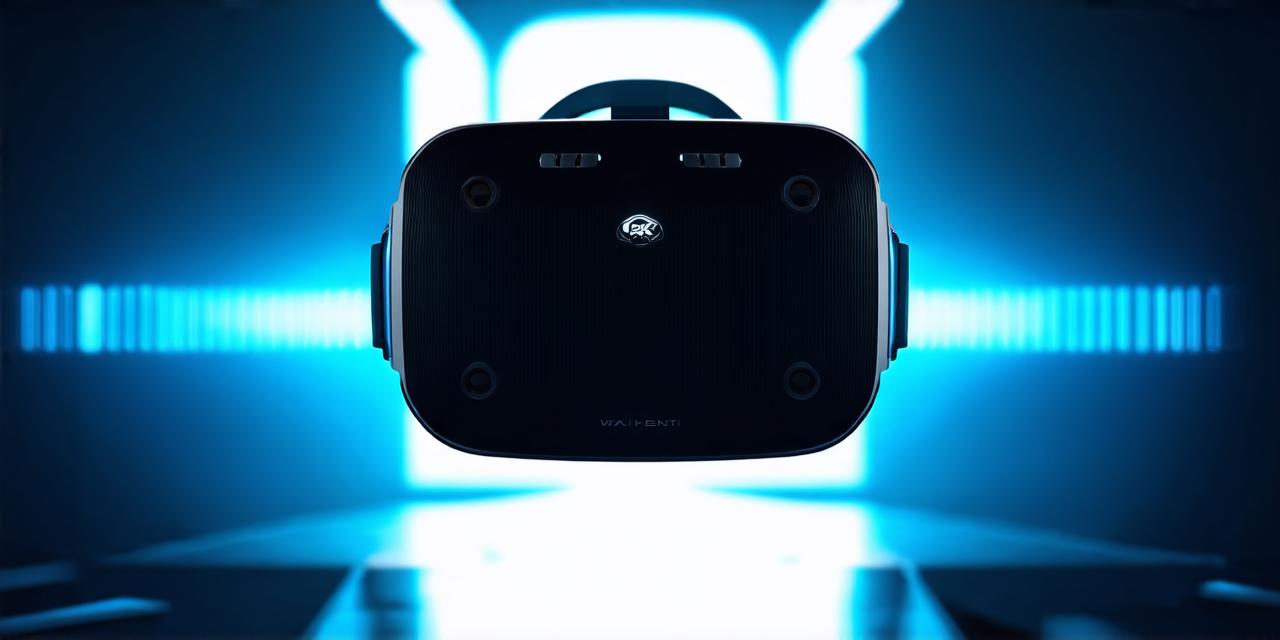Virtual reality (VR) technology is rapidly evolving and becoming more accessible to the general public. As a virtual reality developer, you may be interested in creating your own VR headset to offer a unique and immersive experience to your users.
Components Required for a VR Headset
Before we dive into the design and assembly process, it’s important to understand the necessary components required to build a VR headset. The following are the key components:
- Display Screen: The display screen is responsible for projecting images into the user’s field of view. There are several types of displays available, including OLED, LCD, and AMOLED screens.
- Head Tracking System: The head tracking system allows the user to move their head in real-time while maintaining a stable image. This can be achieved using various sensors such as accelerometers, gyroscopes, and magnetic fields.
- Eye Tracking System: The eye tracking system helps to align the images projected on the display screen with the user’s eyes. This is essential for providing an immersive experience that feels natural to the user.
- Headset Frame: The headset frame holds all the other components in place and provides a comfortable fit for the user. There are various types of frames available, including plastic, aluminum, and carbon fiber.
- Lenses: The lenses are designed to focus images onto the display screen at the appropriate distance for the user’s eyes.
- Audio System: The audio system is responsible for delivering high-quality sound to the user through headphones or speakers.
- Power Supply: The power supply is used to provide power to all the components of the VR headset.
Design Considerations for a VR Headset
Once you have all the necessary components, it’s time to consider the design of your VR headset. Here are some important factors to keep in mind:
- Field of View (FOV): The field of view determines how much of the environment is visible to the user. A larger FOV can provide a more immersive experience, but may also cause motion sickness or disorientation.
- Resolution and Refresh Rate: The resolution and refresh rate of the display screen determine the clarity and smoothness of the images projected. Higher resolutions and refresh rates can lead to a more realistic experience, but may also require more powerful hardware.
- Adjustability: The headset frame should be adjustable to accommodate different head sizes and shapes. This can include adjusting the straps, padding, and IPD (interpupillary distance) settings.
- Comfort: The VR headset should be comfortable to wear for extended periods of time. This includes using breathable materials, minimizing weight, and reducing pressure on the forehead and temples.
- Durability: The VR headset should be able to withstand normal wear and tear without breaking or damaging the components.
- Aesthetics: Finally, consider the aesthetic design of your VR headset. It’s important to create a device that looks sleek and modern while also being functional.
Assembling a VR Headset
Now that you have all the necessary components and design considerations in mind, it’s time to assemble your VR headset. Here are the basic steps:
- Install the display screen into the headset frame using screws or bolts.
- Connect the head tracking system sensors to the appropriate locations on the headset frame.
- Attach the eye tracking system to the display screen and connect it to the headset frame.
- Install the audio system into the headset frame using screws or bolts.
- Connect the power supply to all the components of the VR headset.
- Calibrate the headset by adjusting the IPD settings and ensuring that the display screen is properly aligned with the user’s eyes.
- Test the VR headset by wearing it and moving around while observing the images projected on the display screen.
